So, what kind of characteristics does a good digi citizen have? I think that the basis of it (as of all living should be) is to distinguish right from wrong and act accordingly as a member of society. For me, it is to make sure I know what I need to know to function responsibly and to protect myself in this digi society. Workwise it also means that I need to be up to date on my obligations to keep patient information safe and secured.
Being digi citizen needs various skills and acquired knowledge. In my day-to-day life I use my computer, sure, for working and studying but actually I mainly focus on running my personal errands with my smart phone.
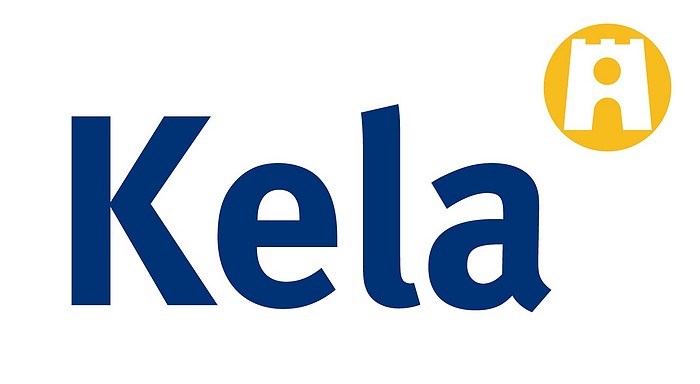
KELA – the Social Insurance Institution of Finland
Kela (Kansaneläkelaitos in Finnish) is an independent social security institution that runs its operations with an administration and finances of its own. Kela is supervised by the Finnish Parliament. As its main function, Kela is responsible for providing basic support at different stages of life to everyone covered by the Finnish social security system.
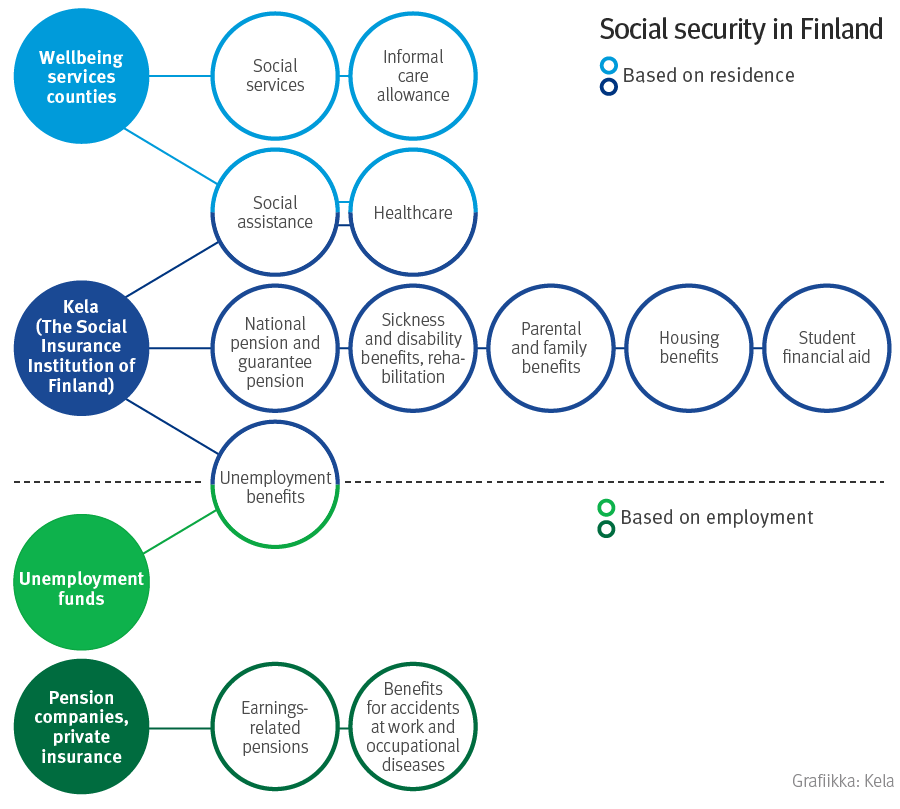
Personally I have used Kela’s services at many stages of my life. As a student I got financial aid and housing benefits. During my life I have had Kela compensation on my medicine and sickness benefits as I’ve been ill. Kela also connects to the social and healthcare services that we all use in some point in time. As my own family grew from two into four, we’ve utilized the parental and family benefits that Kela offers.
I actually already have a European Health Insurance Card, so that part of this task was done years ago.
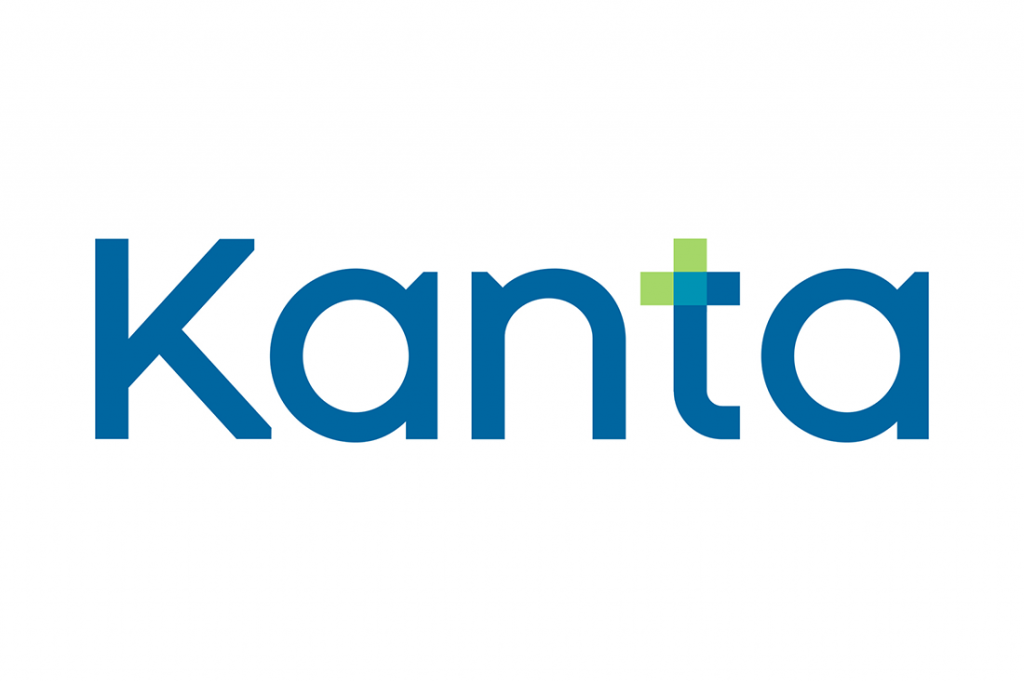
OmaKanta / MyKanta
Kanta Services produce national digital services for the healthcare and social welfare sector in Finland. Personal records are processed reliably and safely in the Kanta Services. It allows centralised archiving of electronic patient data, as well as active use and storage of the data. In addition to both public and private healthcare and welfare service providers, the users of Kanta Services can also be pharmacies or plain citizens. For the latter the main service portal is called OmaKanta (MyKanta in English).
OmaKanta is a service platform where a citizen can access and view health data and prescriptions online. I use the service frequently to view and manage either my own or my children’s records. At OmaKanta, it’s easy to for example renew prior prescriptions when a doctor’s appointment is not needed. I’ve used the OmaKanta service on both a computer and a smart phone. The login is made secure and easy and it’s done by using Suomi.fi e-Identification service where verification takes place with banking codes or mobile certificate.
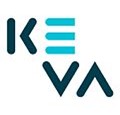
KEVA
Keva is Finland’s largest pension provider and it administers the pensions of local government, State, Evangelical Lutheran Church, Kela, Bank of Finland and new wellbeing services counties employees. Keva aims to improve well-being at work, enhance work ability of the employees, increase productivity and decrease costs from incapacity to work by providing services to employers in the public sector. (Source: https://www.keva.fi/en/this-is-keva/keva/)
I made some calculations on Keva’s site according to the given assignment. My personal lowest retirement age is currently 66 years and 10 months, so it was impossible to calculate what my pension would be if I retired at 63 years old. I was able to calculate what it would be at 68 years old. The difference moneywise is a couple of hundred euros per month. I must say that I am really worried about the fact that the lowest retirement age in average has gone up. I don’t believe that many people will manage up to it due to health issues.
RELIABILITY OF WEBSTORES
I’m quite used to using online stores in different kind of purchases. If I’m serious about getting something that is a bit more rare, it’s possible that I use webstores that I haven’t used before, but I always search Internet for customer experiences on the store and am careful about security issues.
For this task, I took a closer look at eBay, Temu and Amazon. All these online stores offer a wide range of goods but there are clear differences in reliability. Depending on the product, I think that the price range that eBay and Amazon offer is closer to similar Finnish webstores and local shops. Temu on the other hand raises alarms for me just by looking at the quality of the webstore itself. The prices are also strangely low which raises questions about the quality of products. eBay and Amazon have spent resources on the reliability of the overall picture of the online store. By browsing in all of these stores you can find answers to questions such as delivery, returns and what to do if there are problems with the purchase. All of these also have privacy notices on how your data is been handled including what kind of personal information is gathered.
I personally haven’t used any of these webstores and don’t think I will. Of course cheap prices allure shoppers to webstores such as Temu and it does challenge other webstores. If the price is suspiciously cheap, there is a reason to be more cautious. The other thing is that the products are not subject to the supervision of European consumer protection so this leaves the responsibility to the consumer for what to buy and what is to come. Ethics behind these products can also not be guaranteed.
SERVICE FROM MY FIELD OF EXPERTISE: OMAOLO
I chose Omaolo as an example of digital healthcare services. Omaolo is a national online service for healthcare and social welfare and offers symptom assessments, need assessments for social support and coaching programmes that guide and provide support towards positive changes in health and lifestyle. The user is also able to contact local social and healthcare professionals in non-urgent matters through the service.
I’ve personally used the symptom assessments several times and I think that this service has been extremely helpful especially after the Covid-19 pandemic break out. I find it to be easy to use and reliable. Omaolo is an excellent example of a digital social and healthcare service that offers both concrete help and channels of communication between the patient and the healthcare organisation, as well as support for life changes and self-care.
DIGITALIZATION AND DIGITAL GAP
With digitalization, more and more services are moving into digital form. In healthcare, for example, efforts are being made to optimise resources by developing new digital service channels that both support and replace on-site services.
The accessibility and usability of services are critical problem areas, especially if the service is not available in a non-digital format. The customer may have health or disability-related challenges in managing their own affairs. It may also be difficult to access the service if the necessary digital tools, such as a computer, internet or smartphone, are not available. For others, the reason for avoiding the usage of digital services may be that they want face-to-face human contact and, on a general level, are sceptical about digitalization altogether. For those people the best way to motivate is to show the personal benefit of the service in practice. When creating a digital service, attention must be paid to its ease of use, equality and simplicity.
So the digital gap poses problems, especially when a similar service is not otherwise available. Our society is becoming digitalised – pretty much all the information concerning different stages of life has been transferred to digital form, service channels, forms and other transactions must be handled online. Active digital support is needed for those who are unable to manage their affairs themselves and who otherwise have challenges in managing them. Not everyone has their own digital support person in their family or loved ones, but support must be obtained from elsewhere. In my opinion, the worst scenario of being excluded from digital services is to be excluded from information, social cohesion and support as a whole. This significantly increases social exclusion.
BLOG COMMENTS
I commented on these pages:
DIGI CITIZEN | Anne Kärkkäinen (savonia.fi)
DIGI CITIZEN – YAMK STUDIES (wordpress.com)
DIGI CITIZEN – Mari’s Site (savonia.fi)
THE DIGITAL COMPETENCE TEST
I did the Digital Competence test and the results are displayed below.
I’d say that I am quite skilled in digital competency. I even should be, because of my line of work. According to the test, my areas of development are found in health (I agree, practical ergonomics is definitely not one of my strengths), law (I agree with this one also, though I might be a bit strict to myself on how widely I actually should know the law) and production and sharing.
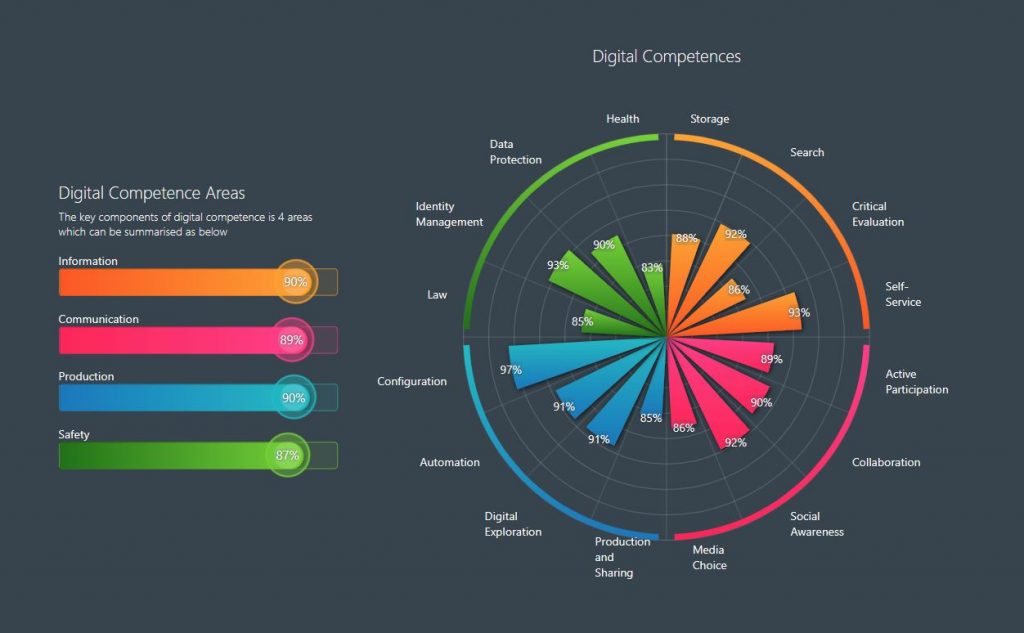
SELF EVALUATION
I think of myself as a fairly fluent digital citizen, I understand the risks of digitalisation on a practical level and I know how to avoid them. The Digital Competence test was interesting and motivating and forced me to reflect on my own weaknesses. On the other hand, I was already quite aware of them, and the test was very much in line with what I already felt about my own skills.
You cannot get too familiar with information security and data protection issues, and it is important to be aware of the importance of information and competence as part of everyday life. Unfortunately, digitalization does not only bring positive things.
In my everyday life, both at work and outside of it, I provide support in matters related to digital services. I know that digital skills are still weak for many, and even though my own professional field in healthcare is currently developing various digital services, there is still resistance to change among healthcare professionals themselves.
Taking care of your personal health is also important in this digital everyday life. I work a lot on a computer, and very often ergonomics are quite lost. You can also notice this in your own well-being, and it is important to remember to take breaks from work and take care of both mental and physical well-being outside of work and studies.
When it comes to online stores, I’ve made similar observations myself, and I find Temu, in particular, to be suspicious. I hadn’t think Omaolo as a social services application before, but reading about it from a professional’s perspective was interesting. It got me thinking about its possibilities in child welfare as well.
I agree with your assessment of the challenges posed by digitalization, especially regarding the accessibility and usability of digital services. However, I’m glad to see that accessibility requirements are expanding to encompass a larger number of service providers, including all consumer-oriented online stores. This expansion is crucial for ensuring that everyone, regardless of age or ability, can access and benefit from digital services.
Hi Hanna,
First of all, your site looks very nice! The illustrations of KELA and KEVA you have added are bringing clarification to your article. I also agree with you on the fact that increasing digitalisation may have an impact on social exclusion as everybody does not have the same equal access or competencies. This is something that communities / governements should consider more. Best regards, Sanna Godard
URL to my site: https://sannagodard.wordpress.com/
I have similar thoughts about the digitalization of services. There are many good things about digitalization, as it speeds up and simplifies the availability of services in many cases. However, it is important to note that not all people have the skills or opportunities to use digital services. If all services move to a digital format, there is a risk that some people will be completely without services. This creates inequality and can increase marginalization. Because of this, I think that all services should be available both digitally and in person. In this way, it is possible to enable the most functional services for the largest possible number of people.
I stayed to read and reflect on your self-evaluation and find the same traits in myself. On the other hand, you often don’t see yourself as a digital citizen. Information technology and digital platforms are used so automatically in their daily lives that they do not even consider their own expertise. Is it only when the internet is broken can you think about where all the digital is present. Today, the refrigerator is also online. In the social and health sector, you simply cannot do without digitalisation. At the same time as the operations have moved online, crime has changed form. And as you write, it’s an absolute skill to know how to keep yourself and the information you use safe.
Hi, you made an interesting observation about digital platforms regarding carefully evaluating new websites by checking customer reviews and trust. I’m familiar with eBay and Amazon, but I’ve never heard of Temu. It seems that it offers low prices and this can raise a concern about product quality and ethics.
I also believe that there are potential issues with consumer protection and product standards outside Europe, especially in countries with different data privacy regulations.
Link to my blog: https://ruggerosblog.wordpress.com/
Hi Hanna,
It was interesting to read about your thoughts. I agree that the omaolo online service is a successful digital service. You could really notice that during the Covid-19 pandemic. After the symptom check, it was very easy to book an appointment for a Covid-19 test. It is difficult to imagine how the Covid-19 tests would have turned out without the digital service. One of the problems is that not everyone wants or knows how to use digital services. Ideally, everyone would have a digital support person available when needed. It should still be possible to contact healthcare by phone or in person.
Link to my blog: https://blogi.savonia.fi/maijanblogi/
Hi Hanna,
Thank you about your thoughts. It was interesting to read specially digital gap. My personally fear is that social exclusion and specially digital exclusion is that what need react.
And it was nice to read that you remind me taking care of my personal health digital personal life. Now I take a break.
Hi Hanna!
My first impression was that your site looked nice. The page looks nice and alive when you have included images and logos. I also thought the introduction to the topic was good. Well, it’s about the structure of the site. It was nice to hear that also you feel e.g. Temu to be suspicious. I have noticed the same withdrawal from other blogs. Still, some (and probably many) don’t understand the problems with these types of stores, which I think is very sad.
Here’s a link to my blog: https://blogi.savonia.fi/saaralipponen/
The Omaolo service is a good example of a genuinely necessary service. The system has been designed to be clear and easy to use, and the service aims to ask relevant (multiple choice) questions based on the customer’s choice of answers. In general, the system should work “well enough” and should be clear for those used to using digital services. The problem with the Omaolo service is its mechanistic nature (only predefined answer options) and the lack of real interaction. The customer cannot have a conversation with the service if he wishes, e.g. by asking more specific questions or describing his symptoms in his own words. Depending on the customer’s symptom, there may be a large number of both answer options and text to read, which may make it difficult for some customers. On the other hand, despite its shortcomings, the service works well for the vast majority of people and can guide the majority to complete the basic information on their own. This reduces the queue for over-the-counter and telephone advice, which can be accessed by those who find the digital channel too challenging. Of course, services are constantly evolving, and I think it is quite possible that recent advances in AI will sooner or later allow the Omaolo service to move to an AI-powered telephone service, with the symptom assessment being built up in a (video) telephone conversation with the AI.
I like the structure of the Blog. You use a simple composition to describe Kela. I agree with your ideas about digitalization and the digital gap. For the application, it was good to know Omaolo. I looked closely at the website, which is a unique digital healthcare system. (personal health assessment)
Thank you for your good site. Omaolo was a new service for me and its very interesting and usefull. Your information on kela and omakanta was really good and complete.